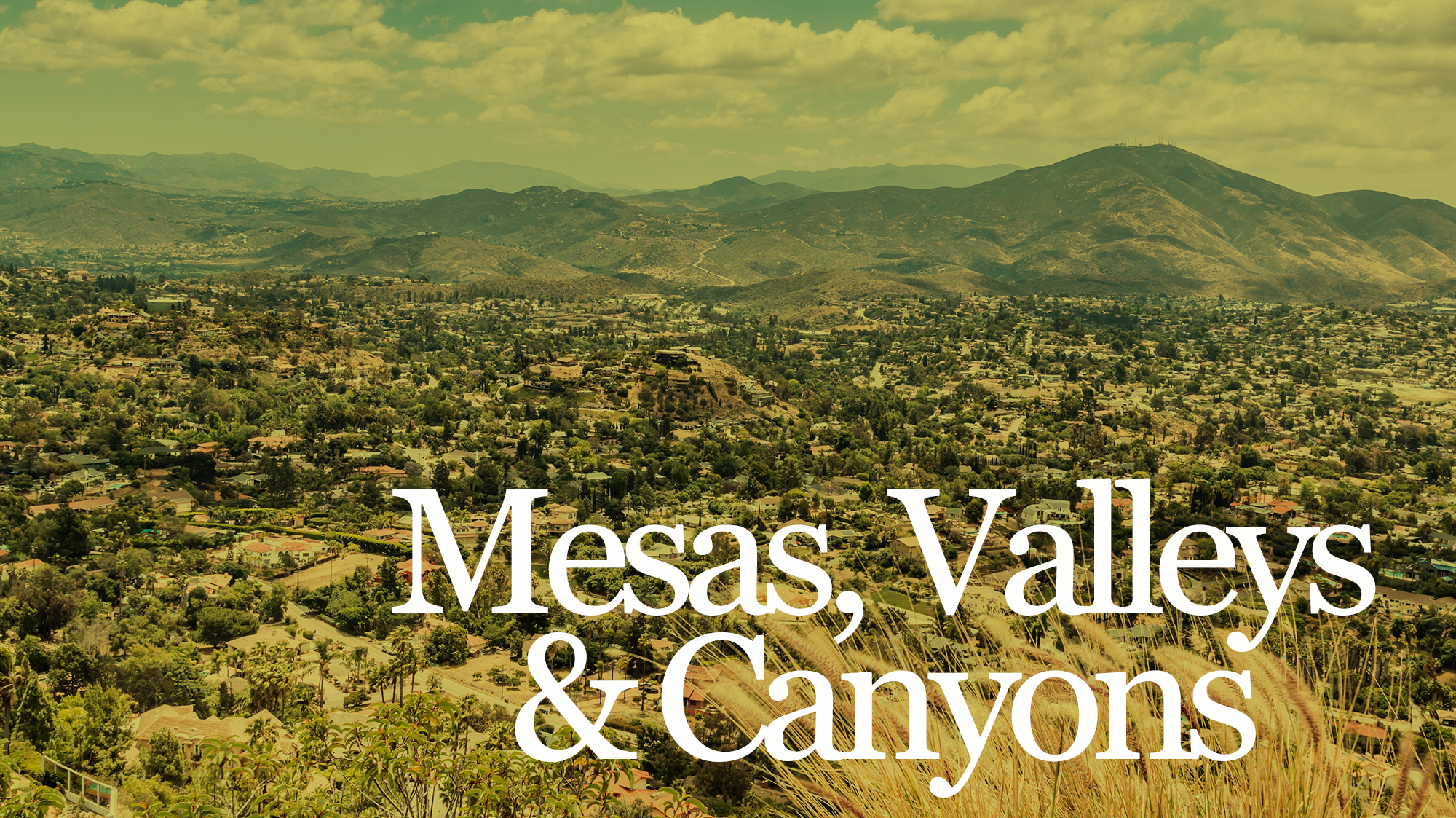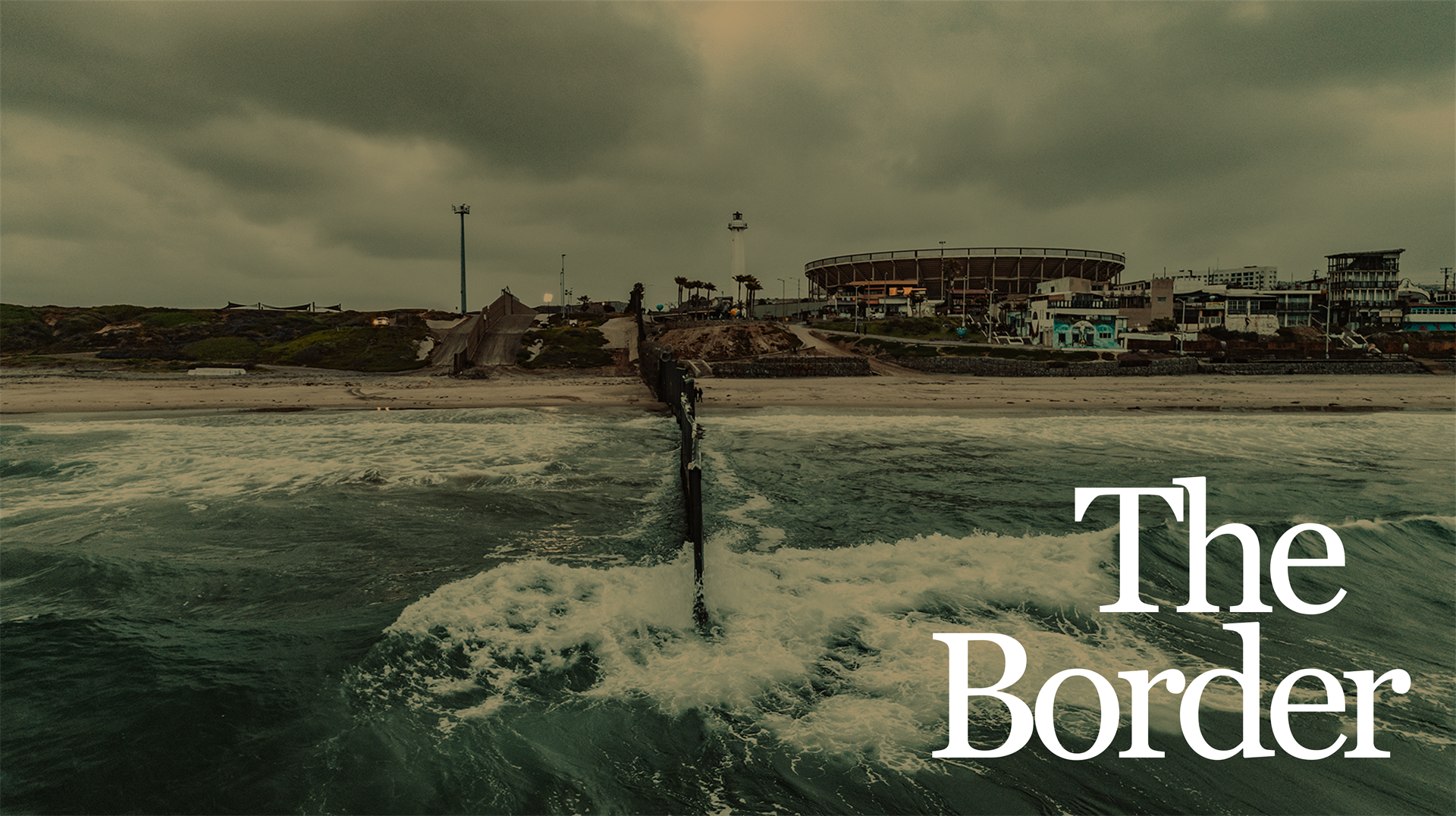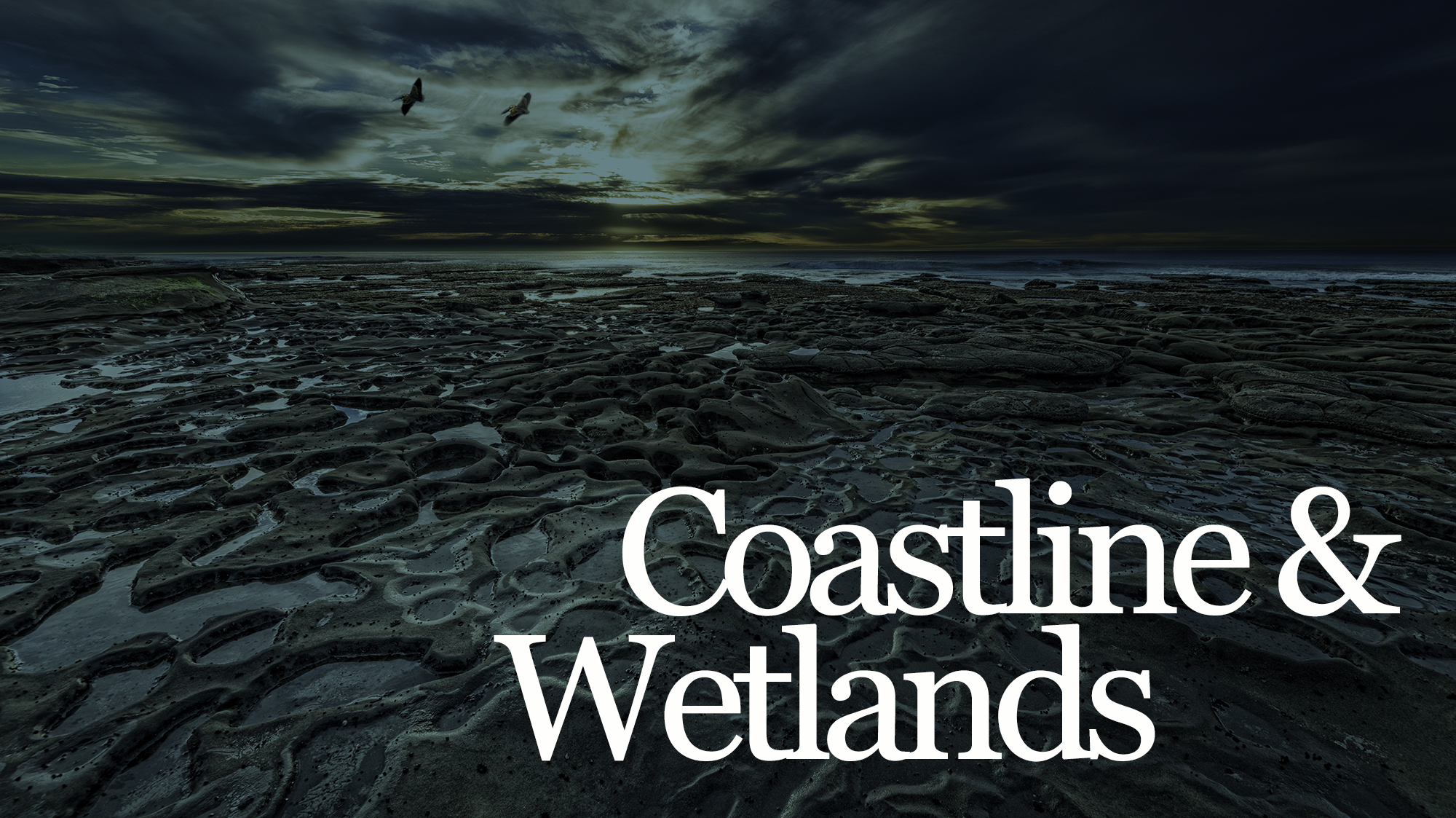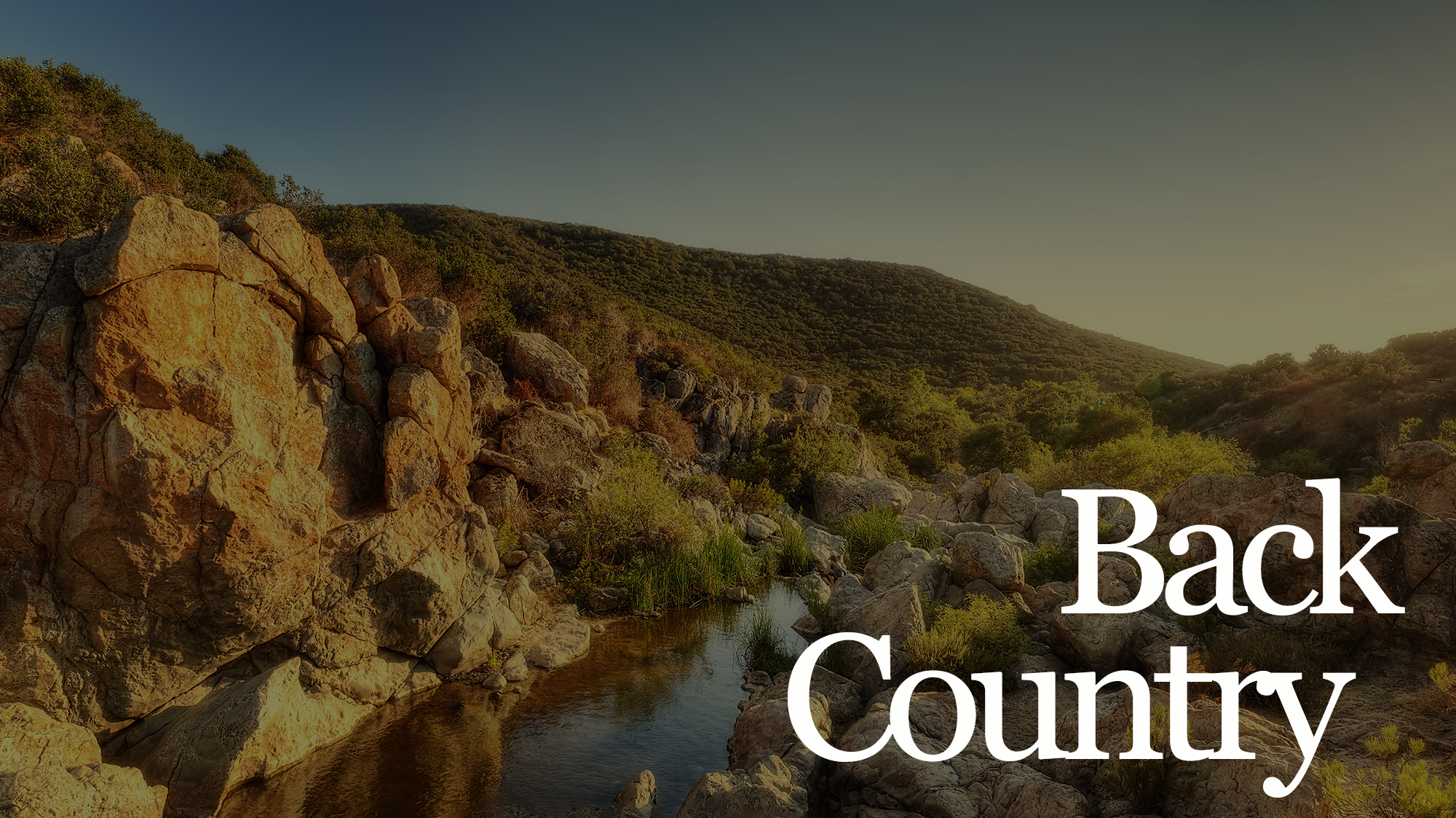|
Position StatementIf you’re one of the 15 million people who has visited Mission Bay in the last year, you know what a special place it is for the region. City leaders and planners decades ago envisioned the Bay as a system of Parks Within a Park to take advantage of the size and varied resources offered, and to create distinctive recreation areas. (See the Mission Bay Master Plan). Central to the Parks Within a Park vision was the consolidation of natural resources in the DeAnza Cove area, and the preservation of wetlands.Newer entertainment and recreational offerings have come at a cost to the historic natural resources. Today, Mission Bay’s Kendall Frost Reserve in the northeast quadrant of the Park, hosts 40 acres of tidal wetlands, a mere one percent of the 4,000-acre complex that existed historically. This small remnant is fenced with controlled access for preservation purposes but is home to 154 species of native birds that frequent the marsh, as well as fish, reptiles, and crabs and other invertebrates, all depending on this small wetland for survival.DE ANZA NATURALCity leaders in December 2015 launched an initiative to plan for the long-term future of De Anza Cove (an amendment to the Mission Bay Master Plan). For many years, the City sought community input on the redevelopment of De Anza Cove while taking into consideration major goals of the Mission Bay Master Plan such as the restoration and creation of additional wetlands, and the Parks Within a Park concept. As of Summer 2019, the plan had not been completed, but a proposal was developed. In March of 2023, the City released De Anza Natural, a proposed draft amendment to the Mission Bay Park Master Plan along with the Draft PEIR for public comment. The City also released three additional alternative plans. One alternative includes enhanced wetlands and optimized parklands, another focuses on optimizing climate change resilience, and the third alternative optimizes wetlands. The proposed plans will go before City Council members in October of 2023 and the California Coastal Commission sometime next year. C-3 COLLABORATIONOur ultimate goal is to ensure that the ReWild coalitions’ goals are considered in any plan. Long-term plans must allow for sea level rise and consider both community resources and coastal dependent land uses for the success of the Bay. Before De Anza Natural goes in front of the City Council, it is important to emphasize several points. Firstly, wetland maximization should be the ultimate priority and if any changes are made it should be to increase acreage of wetlands. Additionally, there needs to be a clear, no motorized craft rule in the cove. There should also be no hard shoreline (no rip-rap or concrete) on Fiesta Island, so that the island can more easily be reverted to wetlands in future decades as sea levels rise. Finally, there should be 100% access for the public on the island feature. The end goal is to create new and unique recreation experiences for all San Diegans and tourists alike, with trails, vistas, peaceful fishing spots, non-motorized boat access, and plenty of space for camping and outdoor activities. GET INVOLVED!Join our advocacy efforts by attending upcoming meetings or send an email to PlanningCEQA@sandiego.gov to push for a more expansive plan from the city. Contact KAN Co-Chair Kristen Victor | "WILDEST" DRAFT LAND USE PLANCreated by the ReWild Coalition and produced by McCullough Landscape Architecture (MLASD) WORKING COMMITTEE MEMBERSKristen Victor, CEO Sustainability Matters Kathleen Ferrier, Past President C-3 Ashley Mazanec, Assistant Executive Director at San Diego Energy District Foundation Rod Meade, San Diego Audubon Society Wetland Working Group IN THE NEWSSan Diego Union Tribune: "ReWild Mission Bay remains the better plan for San Diego marsh restoration" NBC 7 San Diego: "Sports compete for space with climate-change measures in new master plan" |








